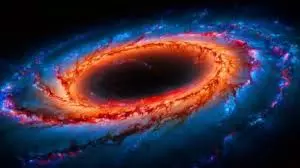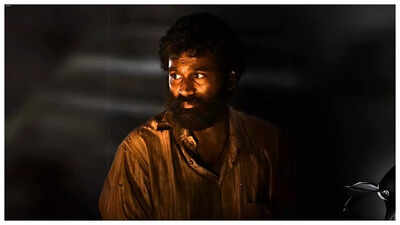
Recent discoveries from the James Webb Space Telescope (JWST) are challenging our existing understanding about the origins and structure of our universe. Through the Advanced Deep Extragalactic Survey (JADES), the deep-space images captured by the JWST located 1.5 million kilometers from Earth have revealed a surprising pattern. Computer science professor Lior Shamir observed that a majority of early galaxies appear to be rotating in the same direction. Out of the 263 galaxies studied, about two-thirds spin clockwise, while only one-third spin anti- clockwise. According to Dr. Shamir’s study, “the rotational difference is so extreme that it can be noticed and inspected even by the unaided human eye.” In a truly random universe, scientists would expect a 50/50 split between the rotational directions. Hence, this preference for one direction suggests a deeper, underlying cause.
“It is still not clear what causes this to happen, but there are two primary possible explanations,” said Dr. Shamir. One explanation for this cosmic alignment is the “black hole cosmology” hypothesis. This theory proposes that our observable universe might actually be the interior of a black hole, which itself exists within a bigger “parent” universe. The idea was first introduced in 1972 by physicists Raj Kumar Pathria and I.J. Good, and suggests the cosmic horizon i.e. the boundary of our universe to be analogous with the event horizon of a black hole i.e. the point beyond which nothing can escape.
Polish physicist Nikodem Poplawski has further developed the theory, suggesting that when a massive star collapses into a black hole, the matter inside bounces like a compressed spring and then rapidly recoils leading to the expansion of a new universe, instead of compressing into a singularity; Extremely strong gravitational forces near this state cause an intense particle production, increasing the mass inside a black hole by many orders of magnitude and strengthening gravitational repulsion that powers the bounce; explained Powalski. This process could also explain the Big Bang. According to him, if the parent black hole was rotating, its spin would then imprint a preferred axis on the new universe and potentially explain JWST’s observations.
These findings have profound implications as the Big Bang would no longer be an isolated event and suggest that every black hole in our universe could spawn its own “baby universe” which would be unobservable to others due to their event horizons.
Another possible explanation for the observed galactic rotation is that the rotation of our own Milky Way galaxy could be influencing JWST’s measurements. The Milky Way’s rotation could amplify the light of the counter-rotating galaxies and distort the proportion of those appearing to turn in the opposite direction. If so, scientists may need to recalibrate their distance measurements for the deep universe. This could also help resolve other unsolved questions such as discrepancies in the expansion rates of the universe.
This article is authored by Rishima Mosali Symbiosis School of Liberal Arts, Pune and interning with Deccan Chronicle



/origin-imgresizer.eurosport.com/2025/06/17/image-22cd875c-89c7-468c-a238-9bab6795dfd8-85-2560-1440.jpeg)

















































